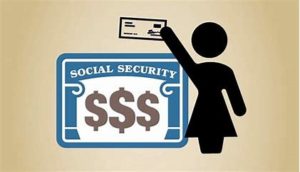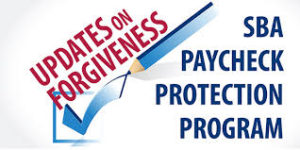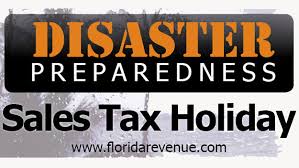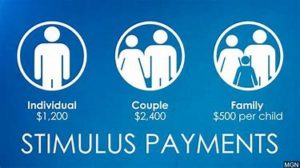I have received many client inquiries about the Employee Retention Credit (ERC), part of the relief package passed by Congress to help small businesses deal with the coronavirus pandemic. A refundable government tax credit, the ERC enabled employers to continue paying staff in spite of suspended or reduced revenues due to shutdowns and slowdowns, during the most challenging times of the pandemic in 2020 and 2021.
The ERC is a key tax relief measure for both employers and employees and has helped businesses retain key personnel during difficult times. The ERTC is available to all businesses, regardless of size or industry. Best of all, you can file for it retroactively.
How to Qualify for the ERC
To qualify for the ERC, the employer must meet at least one of two conditions: Your business must have experienced a decline in business operations or gross revenue during 2020 or 2021, compared to the comparable quarter in 2019. OR Your business was at least partially suspended due to COVID-19 related government orders.
Funds Provided by the ERC
The ERC may cover up to $26,000 per employee ($11,000 is the average) depending on wages, health care and other personnel expenses business owners have already paid. The credit is equal to 50% of the qualifying wages paid to eligible employees, up to $10,000 of wages per employee per quarter. For 2020, the limit is 50% of $10,000 of wages for the year for each eligible employee. For 2021 the limit is 70% of $10,000 of wages for each quarter, for each employee.
For employers, the ERC is treated as a business tax credit, so in most cases it reduces the total amount of payroll tax owed. If the business’s payroll taxes owed are reduced to zero, the business may receive compensation above and beyond the original payroll tax liability.
Filing Retroactively
The ERC is applied to the year 2020 and 2021 payroll tax returns. If your business has previously filed those returns, it can retroactively claim the ERC through Form 941-X, Adjusted Employer’s Quarterly Federal Tax Return or Claim for Refund, with their quarterly federal tax return. That can result in reduction of the tax debt or a surplus credit, which could mean a cash refund.
Even if your business took a loan from the Paycheck Protection Program (PPP), you may be eligible for the ERC as well. However, businesses cannot claim a payroll expense as both an ERC wage and a forgivable payroll cost on the PPP forgiveness application. The ERC refund can be spent on anything by the company.
The statute of limitations for filing amended quarterly returns is up to three years from the date of filing the original quarterly employment tax return (Form 941). So, if your business qualified for the ERTC program in the third quarter of 2020, the amended documentation needs to be submitted by October 2023.
Navigating the process of the Employee Retention Credit, including eligibility rules and required paperwork, is best left to your accountant. Our professional staff at Carol McAtee & Associates can provide expert services and facilitate your ERC application accurately.
If you have questions about this featured topic or other accounting and tax related topics, please do not hesitate to contact us at 727-327-1999 OR [email protected].
ANY TAX ADVICE IN THIS COMMUNICATION IS NOT INTENDED OR WRITTEN TO BE USED, AND CANNOT BE USED, BY A CLIENT OR ANY OTHER PERSON OR ENTITY FOR THE PURPOSE OF (i) AVOIDING PENALTIES THAT MAY BE IMPOSED ON ANY TAXPAYER OR (ii) PROMOTING, MARKETING OR RECOMMENDING TO ANOTHER PARTY ANY MATTERS ADDRESSED HEREIN.





